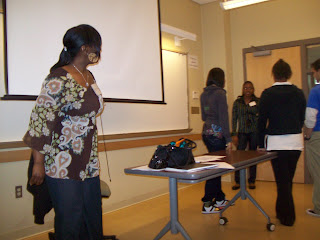
I went to a party, And remembered what you said.
You told me not to drink, Mom, so I had a Sprite instead.
I felt proud of myself, The way you said I would,
that I didn't drink and drive,though some friends said I should.
I made a healthy choice, And your advice to me was right.
The party finally ended,and the kids drove out of sight.
I got into my car,Sure to get home in one piece.
I never knew what was coming, Mom,something I expected least.
Now I'm lying on the pavement, And I hear the policeman say,
the kid that caused this wreck was drunk,Mom, his voice seems far away.
My own blood's all around me,As I try hard not to cry.
I can hear the paramedic say,this girl is going to die.
I'm sure the guy had no idea,While he was flying high.
Because he chose to drink and drive,now I would have to die.
So why do people do it, Mom Knowing that it ruins lives?
And now the pain is cutting me,like a hundred stabbing knives.
Tell sister not to be afraid, Mom
Tell daddy to be brave.
And when I go to heaven,
put ' Mommy's Girl' on my grave.
Someone should have taught him,That it's wrong to drink and drive.
Maybe if his parents had,I'd still be alive.
My breath is getting shorter,Mom I'm getting really scared
These are my final moments,and I'm so unprepared.
I wish that you could hold me Mom, As I lie here and die.
I wish that I could say, 'I love you, Mom!'So I love you and good-bye.
1-800-GET-MADD (1-800-438-6233)








